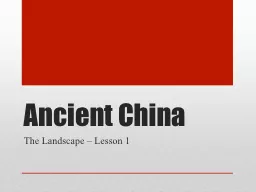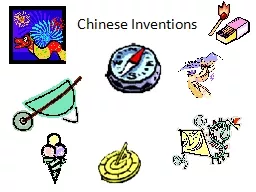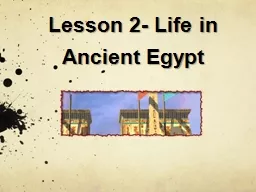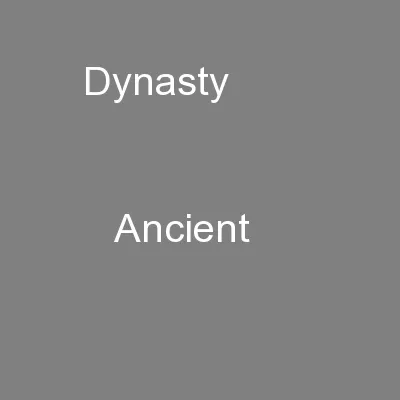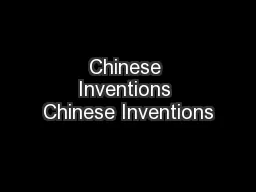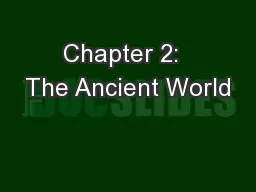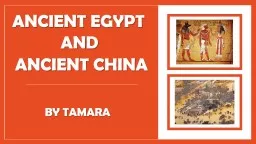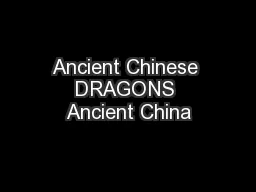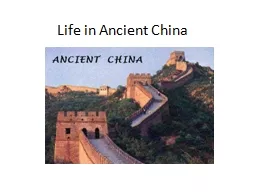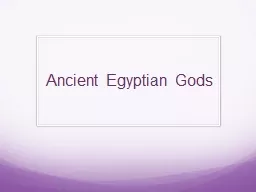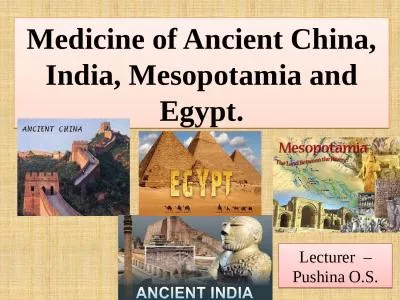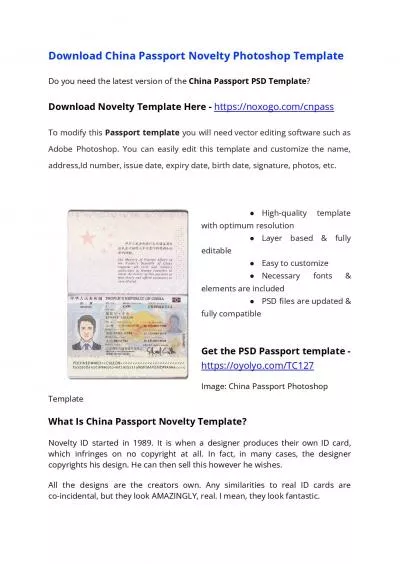PPT-Ancient China The Landscape – Lesson 1
Author : kinohear | Published Date : 2020-08-06
The Mighty Rivers Rivers helped shape civilization North Huang He River South Chang Jiang River Huang He snowfed from high plateau flows east 2900 miles as flows
Presentation Embed Code
Download Presentation
Download Presentation The PPT/PDF document "Ancient China The Landscape – Lesson 1" is the property of its rightful owner. Permission is granted to download and print the materials on this website for personal, non-commercial use only, and to display it on your personal computer provided you do not modify the materials and that you retain all copyright notices contained in the materials. By downloading content from our website, you accept the terms of this agreement.
Ancient China The Landscape – Lesson 1: Transcript
Download Rules Of Document
"Ancient China The Landscape – Lesson 1"The content belongs to its owner. You may download and print it for personal use, without modification, and keep all copyright notices. By downloading, you agree to these terms.
Related Documents

